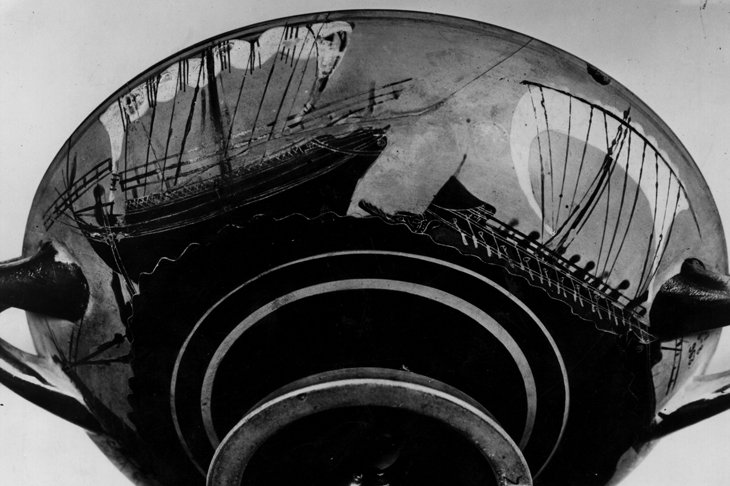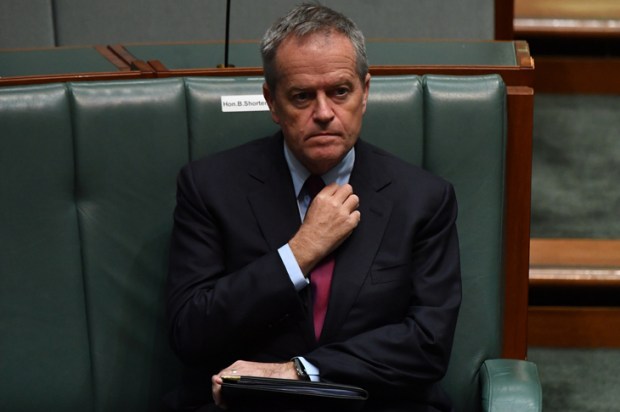I recently returned from Crete. Apart from eating fresh local foods, drinking soft Cretan reds, swimming in the Mediterranean, and chatting with friends, the geological and human history captured my interest.
Crete contains 20-million-year-old muds, silts, limestones, and bits of the 140-million year-old ocean floor that have been cooked, broken and bent.
Already a subscriber? Log in
Subscribe for just $2 a week
Try a month of The Spectator Australia absolutely free and without commitment. Not only that but – if you choose to continue – you’ll pay just $2 a week for your first year.
- Unlimited access to spectator.com.au and app
- The weekly edition on the Spectator Australia app
- Spectator podcasts and newsletters
- Full access to spectator.co.uk
Or
Unlock this article
You might disagree with half of it, but you’ll enjoy reading all of it. Try your first month for free, then just $2 a week for the remainder of your first year.














Comments
Don't miss out
Join the conversation with other Spectator Australia readers. Subscribe to leave a comment.
SUBSCRIBEAlready a subscriber? Log in